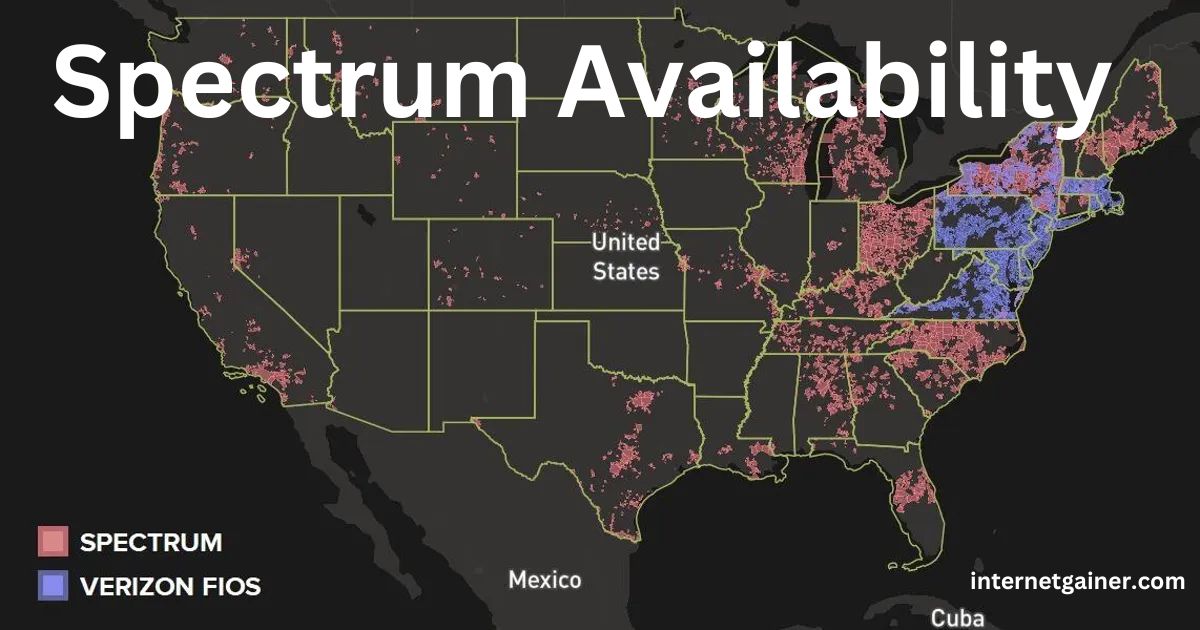In today’s digital era, spectrum availability plays a critical role in the seamless operation of wireless communication networks. From the evolution of 5G technology to the burgeoning Internet of Things (IoT), spectrum serves as the invisible backbone enabling rapid data exchange, connectivity, and innovation.
This article delves into the concept of spectrum availability, its importance, the challenges it faces, and its potential future.
Understanding Spectrum and Its Role
The electromagnetic spectrum is a finite resource consisting of a range of frequencies used for communication, navigation, and broadcasting. Different frequency bands are allocated for specific purposes, such as:
| Frequency Band | Common Applications |
|---|---|
| 3 kHz – 30 kHz | Submarine communication, navigation |
| 30 kHz – 300 MHz | AM/FM radio, TV broadcasting |
| 300 MHz – 3 GHz | Mobile networks, GPS |
| 3 GHz – 300 GHz | 5G networks, satellite communication |
The availability of spectrum ensures that these applications operate efficiently without interference. Its allocation and management are governed by regulatory bodies such as the Federal Communications Commission (FCC) in the United States and the International Telecommunication Union (ITU) globally.
The Growing Demand for Spectrum
The insatiable appetite for faster connectivity and higher bandwidth is driving unprecedented demand for spectrum. Key factors influencing this surge include:
- 5G and Beyond
The deployment of 5G networks requires higher-frequency bands for ultra-low latency and massive data transfer rates. As we move towards 6G, the need for even more spectrum becomes evident. - Proliferation of IoT Devices
From smart homes to industrial automation, IoT devices rely on uninterrupted spectrum access to exchange data efficiently. Predictions indicate that by 2030, the number of IoT devices will exceed 25 billion, further straining spectrum resources. - Digital Transformation
As industries like healthcare, education, and finance digitize, the demand for reliable wireless communication increases exponentially.
Challenges in Spectrum Availability
Despite its critical importance, spectrum availability faces several challenges:
- Finite Nature of Spectrum
Spectrum is a limited resource and existing allocations are often insufficient to meet growing demands. - Spectrum Fragmentation
Different countries and regions adopt varying spectrum allocation strategies, causing inefficiencies and hindering global interoperability. - Spectrum Reallocation
Legacy systems and outdated technologies occupy valuable frequency bands, creating obstacles for reallocation to modern applications. - Interference Management
Overlapping frequency use, particularly in unlicensed bands, leads to interference, reducing communication quality.
Innovative Solutions to Enhance Spectrum Availability
To address these challenges, policymakers, researchers, and technology developers are exploring innovative approaches:
- Dynamic Spectrum Sharing
Technologies like Cognitive Radio allow dynamic allocation of underutilized spectrum, optimizing its use in real-time. - Millimeter-Wave Spectrum
Utilizing higher-frequency bands in the millimeter-wave range (30 GHz to 300 GHz) can accommodate high-speed applications like augmented reality and autonomous vehicles. - Auction-Based Allocation
Governments worldwide are using spectrum auctions to allocate bands efficiently while generating revenue for public use. - Spectrum Refarming
Repurposing spectrum from outdated technologies, such as 2G and 3G networks, ensures it is available for advanced applications.
The Road Ahead: Preparing for the Spectrum Crunch
With the continuous evolution of wireless technologies, the spectrum landscape is poised for significant transformation. Key developments include:
- AI-Driven Spectrum Management: Artificial intelligence is being leveraged to predict demand and allocate resources dynamically, minimizing waste.
- International Collaboration: Global harmonization of spectrum policies will be vital to ensure seamless cross-border communication and interoperability.
- Satellite-Based Internet: Companies like SpaceX and Amazon are deploying low-Earth orbit satellites, leveraging new spectrum bands to provide global internet access.
Conclusion
Spectrum availability is more than a technical concern; it is the linchpin of the modern connected world. As demand continues to outpace supply, innovative solutions, and strategic policies will be crucial to maintaining global connectivity and fostering technological advancements.
By addressing challenges and unlocking the potential of new frequency bands, the industry can ensure that the spectrum remains a catalyst for progress in the years to come. For more spectrum Internet information check the internetgainer.



